What sounds like taken straight from Bram Stoker’s Dracula or any other vampire fiction book or movie, is actually ongoing research and the first results on humans are expected later this year.
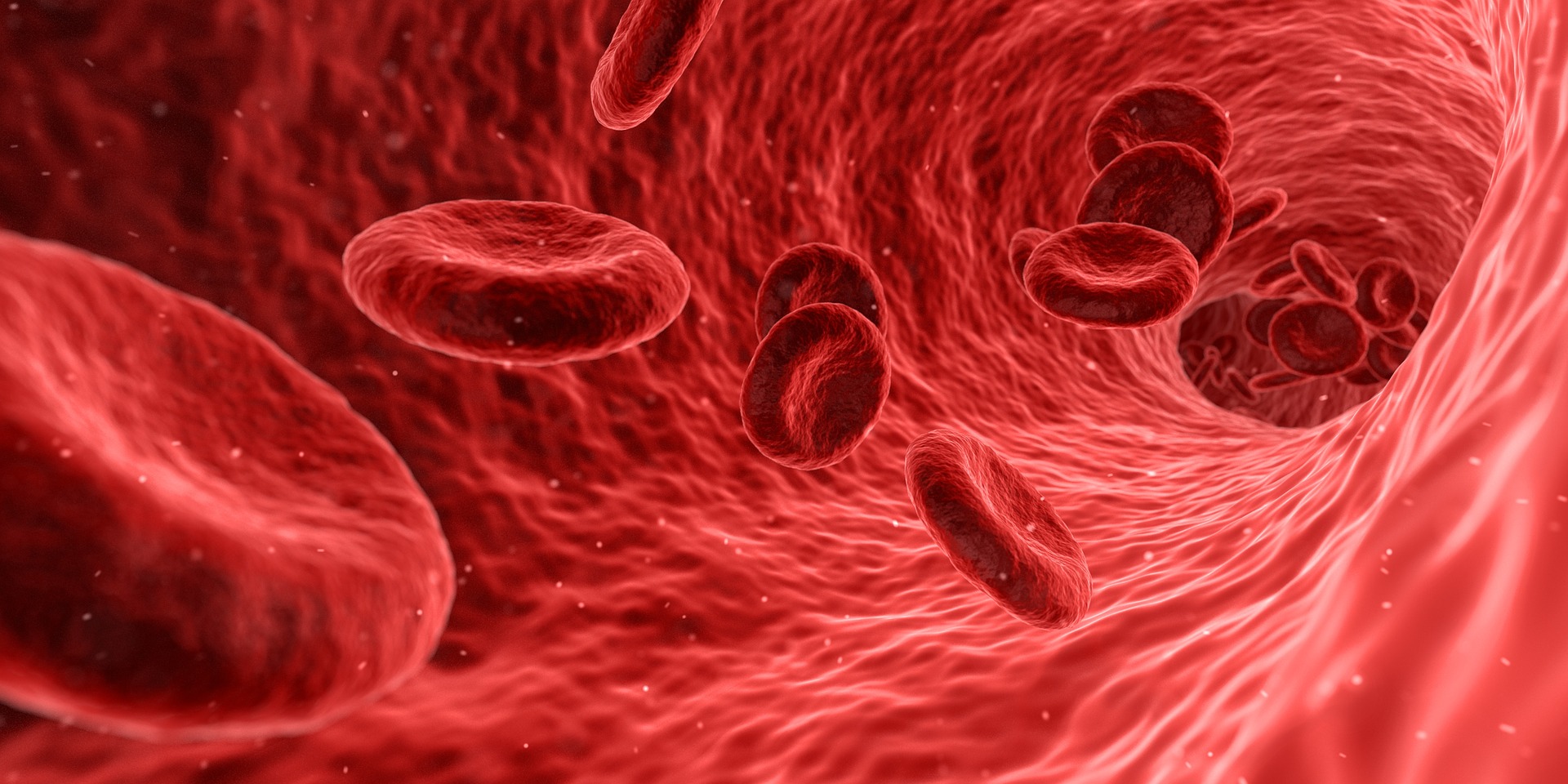
Research has shown that our cells become less able repair themselves as we get older, and we become more recipient to various diseases. Previous research (Is GDF11 a Youth Serum?) has shown that the blood from younger mice appears to improve the physical and mental performance of older mice.
Research on mice
Stem cell researcher Amy Wagers at Harvard University believes that our blood may hold a key to aging. She believes that there are substances in the blood of the young that is lost with time, and losing these substances makes us valuable to the effects of aging.
Amy Wagers experiments connected the bloodstream of old and young mice via a method called para bios. And the results were astonishing; the function of the skeletal muscles, heart, and brains of old mice clearly improved when old mice received blood from young mice into their bloodstream.
Blood from the young appears to have a rejuvenating effect on several tissue types. At least when it comes to mice. Other research groups have had similar results, Tony Wyss-Coray and his colleagues at Stanford University trained mice to find their way out of a maze.
The older the mice were, the more problematic it was for them to remember which hole was the right one and it took several minutes for them to find themselves out of the maze. But when the research team gave their equally old siblings, blood from younger mice, it took them just 24 seconds.
The Stanford team then examined the mice’s brain in detail and were able to distinguish that the mice that received blood from younger mice had three times as many brain cells as the older mice – the brain seemed rejuvenated.
This research was done several years ago and the article we then published on the research was in May 2014. Three years have passed since then and scientists still aren’t sure what the exact cause is.
Protein imbalance
They have, however, moved away from finding an explaining that involves red blood cells. Instead, most scientists believe the answer is to be found in the blood plasma, the yellowish liquid that remains when blood cells are removed.
Blood remains a mysterious fluid that carries more than 700 proteins and other substances around our bodies. Most of these substances are known, but what they do is less clear. The prevalent hypothesis that would explain the effects seen in mice, is that we lose some of these substances in the plasma as we age. That the rejuvenating effects of youthful blood are more a matter of regulating the protein balance of “old” blood.
Amy Wagers and her team at Harvard focused on a protein called GDF-11 which they injected into heart muscles of mice and then appeared to give a rejuvenating effect. The protein appeared to stimulate the growth of blood vessels and nerve cells in the brain. But since then, other research teams have done the same tests in animals and got completely opposite results: In their experiments, GDF-11 had adverse effects on the mice.
The elephant in the room
Let’s address the elephant in the room; will it work on people? Is the same true in people, would blood from the young rejuvenate the old? Is youngblood a fountain of youth?
There is an ongoing research project in California by a private company called Alkahest. They are giving elderly volunteers, all in a mild stage of Alzheimer’s disease, transfusions of blood plasma from young people. A control group of elderly receive supplements of a saline solution and both groups is undergoing various tests to see if their condition improves.
This marks the first human trial of young blood and the experiment is led by Tony Wyss-Coray, professor of Neurology and Neurological Sciences at Stanford School of Medicine. He held a TED Talk in 2015, titled “How Young Blood Might Help Reverse Aging. Yes, Really.”
The researchers involved in testing are unaware who among the elderly volunteers that belong to one or the other group. They hope that blood plasma from the young will improve subjects’ memory and slow disease progression.
Even if these results are good, it would probably not be a cure for people with Alzheimer’s. The results would, however, perhaps enable researchers to understand this disease better from another angle. The Alkahest research project isn’t over yet and there are no final results from the study yet. It is a small study and covers 18 people only, and no matter how it falls out it will probably not provide any definite results.
But to treat all the world’s elderly people with plasma from young people is not an option. In the current situation, the entire world’s supply of blood plasma is not sufficient for more than three percent of all of those suffering from Alzheimer’s disease. So, although it would appear that the blood plasma does indeed have a rejuvenating effect, what remains to be determined is what the exact substances are that would explain this effect.
The quest to find these substances will continue and a perfect scenario would enable us to isolate the rejuvenating substances and make them into a medical drug, or perhaps a pill that instead stimulates the body’s own production of these substances – that counteract what accelerates the aging process.
This research may, however, not halt the aging process, as the process is a complex interaction of molecular pathways. But the research on young blood might teach us how to stop the changes that underpin the worst chronic diseases. A way to extend healthspan, not lifespan.
References:
Saul A Villeda, Kristopher E Plambeck, Jinte Middeldorp, Joseph M Castellano, Kira I Mosher, Jian Luo, Lucas K Smith, et al. Young blood reverses age-related impairments in cognitive function and synaptic plasticity in mice doi:10.1038/nm.3569
Manisha Sinha, Young C. Jang et al Restoring Systemic GDF11 Levels Reverses Age-Related Dysfunction in Mouse Skeletal Muscle DOI: 10.1126/science.1251152
Lida Katsimpardi, Nadia K. Litterman1 et al. Vascular and Neurogenic Rejuvenation of the Aging Mouse Brain by Young Systemic Factors DOI: 10.1126/science.1251141
Tony Wyss-Coray, et al. Young blood reverses age-related impairments in cognitive function and synaptic plasticity in mice doi:10.1038/nm.3569

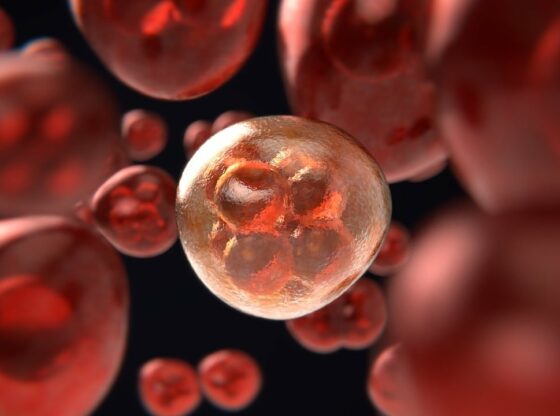

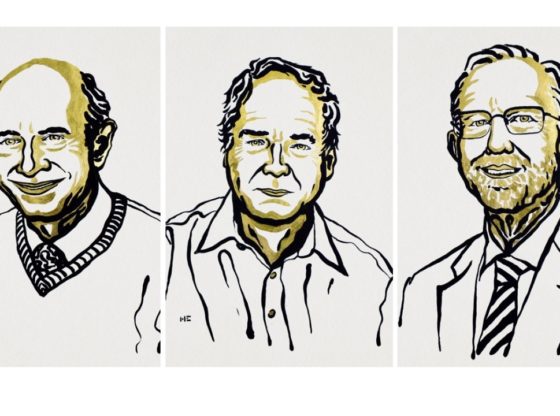
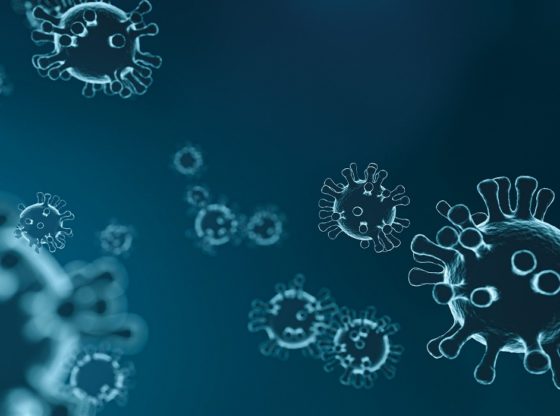
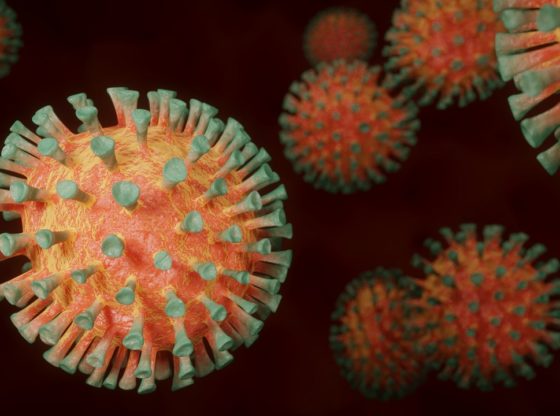
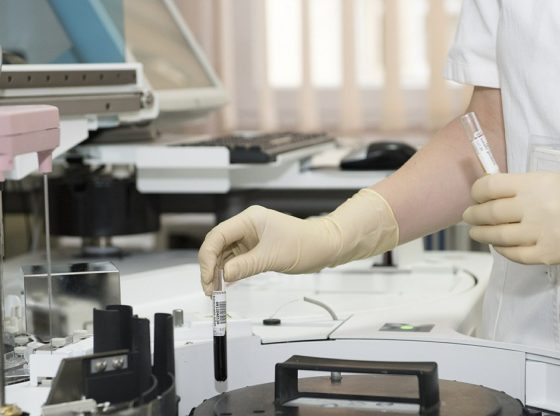
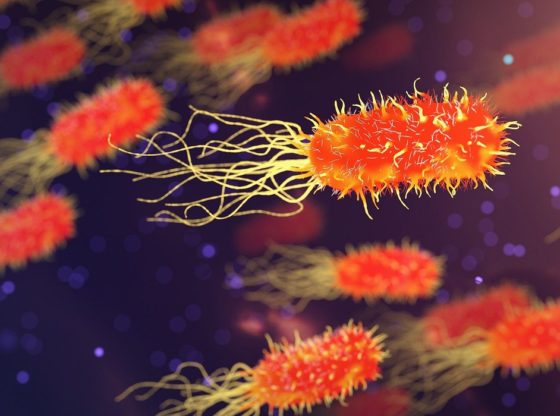
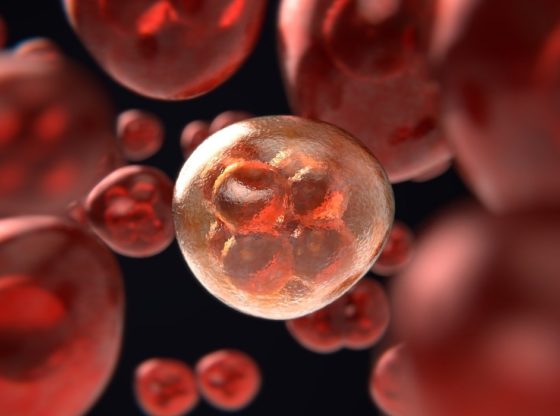

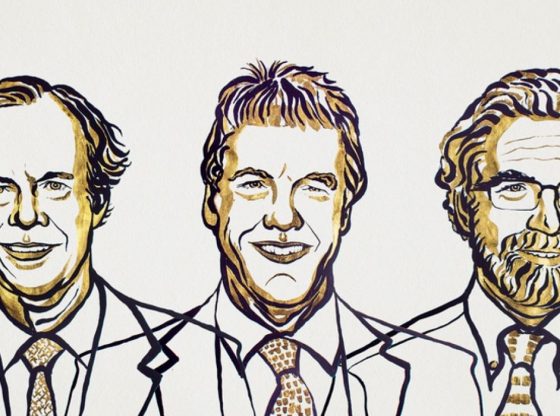
![OpenAI. (2025). ChatGPT [Large language model]. https://chatgpt.com](https://www.illustratedcuriosity.com/files/media/55136/b1b0b614-5b72-486c-901d-ff244549d67a-350x260.webp)
![OpenAI. (2025). ChatGPT [Large language model]. https://chatgpt.com](https://www.illustratedcuriosity.com/files/media/55124/79bc18fa-f616-4951-856f-cc724ad5d497-350x260.webp)
![OpenAI. (2025). ChatGPT [Large language model]. https://chatgpt.com](https://www.illustratedcuriosity.com/files/media/55099/2638a982-b4de-4913-8a1c-1479df352bf3-350x260.webp)








